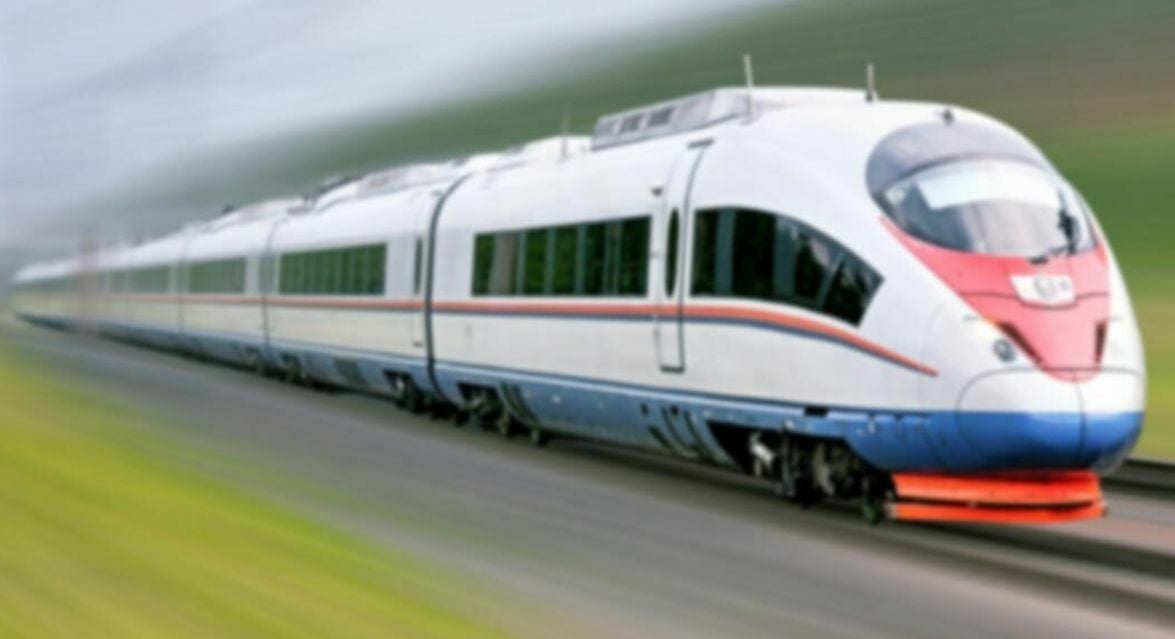Railway development gains speed: Thailand fast-tracks five-country rail link

A plan to accelerate the development of dual railway tracks connecting five countries – Singapore, Malaysia, Thailand, Laos, and China – was announced at the 4th iTIC FORUM 2023: Power of Connectivity and Smart Mobility. The 4500-kilometre-long Singapore-Kunming rail line, expected to be completed by 2027, aims to boost the capacity of goods and passenger travel, making it more efficient and faster.
The railway development initiative also aims to position Thailand as the central transport hub of the region, in line with the National Strategy’s 20-year plan.
The Department of Rail Transport’s director, Pichet Kunathamrak, stated that the Singapore-Kunming route currently only lacks the section between Chumphon and Padang Besar, which remains a single track. The Ministry of Transport is accelerating the proposal and implementation of this section as quickly as possible.
There are three southern routes in the dual rail project’s second phase. These include the Chumphon-Surat Thani section (168km, budgeted at 24 billion baht), Surat Thani-Hat Yai-Songkhla section (321km, budgeted at 57 billion baht), and Hat Yai-Padang Besar section (45km, budgeted at 6.6 billion baht).
The Hat Yai-Padang Besar section will be proposed to the State Railway of Thailand’s (SRT) board for consideration in November and to the Cabinet.
Pichet further explained that for Thailand to become the regional transport hub, it is crucial to push forward the second phase of the dual railway development project. This phase includes seven routes covering 1,479km, with a budget of 275 billion baht, which will substantially complete the Singapore-Kunming rail line.
Thai-Lao Friendship Bridge
In addition to this, the Ministry is preparing to construct a new Thai-Lao Friendship Bridge (Nong Khai-Vientiane), which will run parallel and 30 metres from the existing bridge. The Department of Highways has completed the study, and the SRT has set a budget next year to design the bridge and conduct an Environmental Impact Assessment (EIA).
Pichet mentioned that the initial study indicates the construction of the railway bridge across the Mekong River will commence first, while the car bridge will be constructed later as the existing bridge can still accommodate the current number of cars.
The SRT will take about a year to design the details, and it is expected that construction will commence in early 2025, taking about three years to complete, and will be operational by 2028. The railway bridge across the Mekong River will cost approximately 3 billion baht and will have four tracks, two standard 1.435m tracks for high-speed trains and two 1m tracks for dual rail trains.
Apart from this, the SRT is developing the Nata transit station goods exchange zone to facilitate the logistics system and accommodate the growth of Thai and Lao trade and investment in the future. It is expected that the bidding process will begin early next year, reported KhaoSod.
Pichet stated that from next year onwards, the impact of dual rail will start to be seen as the linkages within the country and between countries become a reality.
At present, dual rail covers about 627km, and by next year, when the first phase of the dual rail is completed, it will increase by about a thousand kilometres. After a long period of non-development, there are plans to develop dual tracks to cover 3,400km in the future.
Follow more of The Thaiger’s latest stories on our new Facebook page HERE.
Latest Thailand News
Follow The Thaiger on Google News:


























